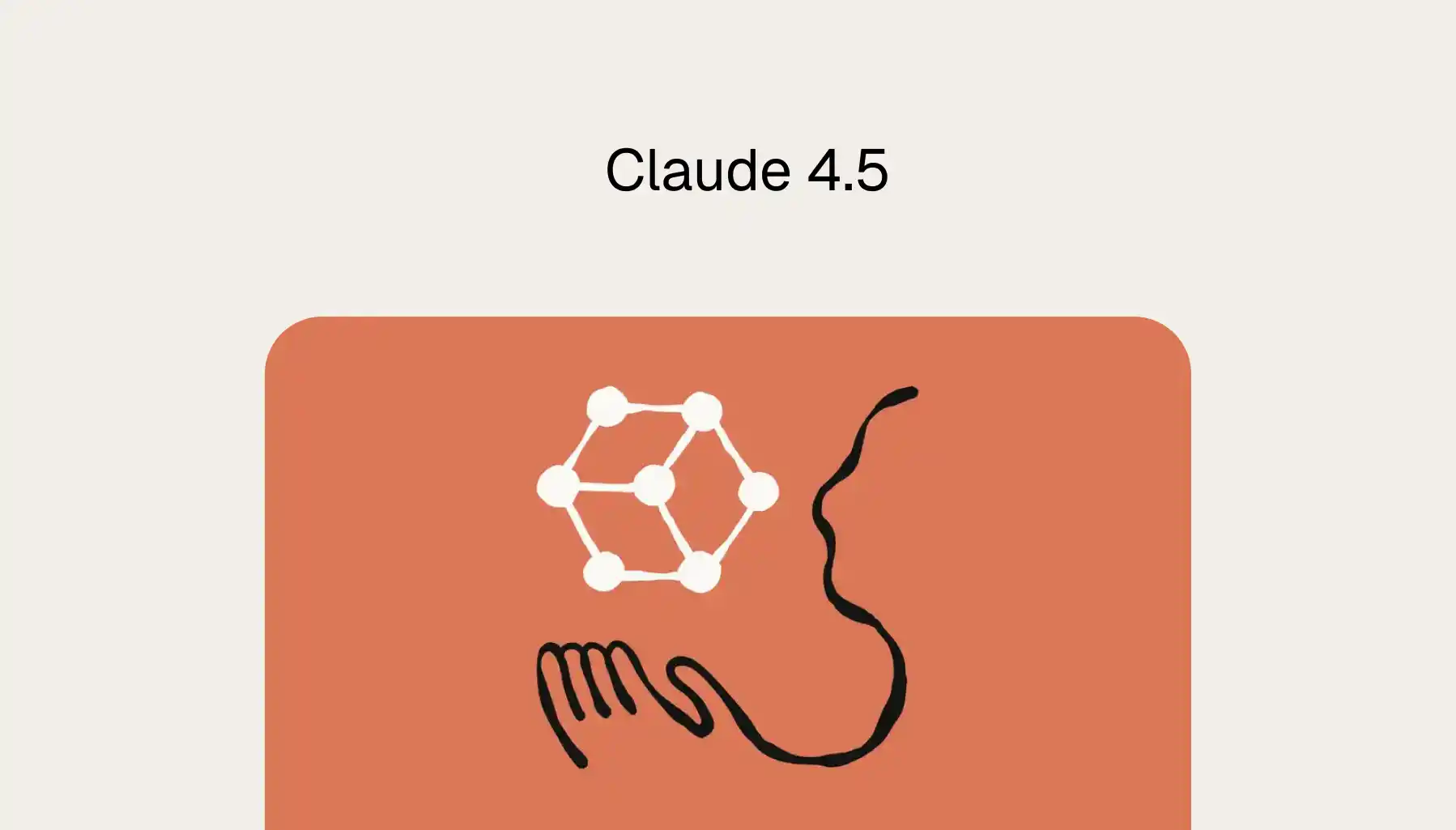What is Claude Sonnet 4.5?
The Claude Sonnet 4.5 is Anthropic's latest language model, continuing the Claude 4 line.
There are now three main models in the family: Claude Opus 4.1 (the most powerful), Claude Sonnet 4.5 (offering the best balance of performance and efficiency) and Claude Sonnet 4 (the previous generation).
The new model specializes in writing code, working with tools via API, agent-based use cases, and long, multi-step tasks that require deep analysis.
Claude Sonnet 4.5 Technical Specifications
The model retains many of the specs of its predecessor:
- Input tokens: $3 per million tokens
- Output tokens: $15 per million tokens
- Context window: 200,000 tokens
Where to Access Sonnet 4.5
You can test the new model on:
- Overchat AI
- Claude[.]ai web interface (web, iOS, Android)
- API with model ID claude-sonnet-4-5-20250929
- Integrations with GitHub Copilot, Perplexity AI, Scira AI, and other services
Key performance improvements
The biggest gain is in the coding ability. The model scored 77.2% on the SWE-bench Verified benchmark, which tests the AI's ability to solve real-world development tasks based on GitHub Issues. With more computing power, the score goes up to 82.0%.
The model can also maintain focus on ultra-long tasks for up to 30 hours or more, which will be important for enterprise customers.
What’s more, the Claude Sonnet 4.5 is the first in the line to feature a hybrid operating mode called Thinking Mode. This works in a similar way to GPT-5:
- Depending on how complicated the task is, the model can either choose a quick response or an in-depth analysis
- It will show the user the reasoning process in a clear way
- And explain each step in detail
How Good is Claude Sonnet 4.5?
Early reviews suggest that while the model is a very competent coder, there are some rough corners:
- Thinking mode does not always make the answer better
- The image processing is not as good as that of some competitors
- Maths problems can sometimes have mistakes in them
- Sometimes, responses are too verbose
When I was testing it, I also found some formatting issues. The model split a single code block into a series of disconnected code and text blocks, which made it hard to work with.
What Else is New?
Apart from the things we talked about, Antrophic made some important changes to the model that make it work better. Let's take a look at the two most important ones:
Context editing. One small but important improvement is the context editing mechanism. Instead of sending the whole conversation for each request, the system only sends the bits that have been changed. The result is that you use 84% less token during long sessions. This is especially important for projects where the model works on one file or task for several hours.
Speculative execution. The model has learned to predict what data or tools may be needed in the next step. This reduces the number of API calls and speeds up work in agent scenarios.
How Does it Compare to Competitors?
The new model form Atrophic competes with:
- GPT-5 Codex from OpenAI — a specialized model for programming
- Gemini 2.5 Pro from Google — a universal model with strong multimodal capabilities
Claude leads as far as programming benchmarks go, but early reports suggest that it may be lacking in terms of OCR accuracy, meaning that it misinterprets images more often.
Bottom Line
Claude has released a new model, adding to the Claude 4 family. This is an incremental upgrade, rather than a revolutionary release, and the improvements are mainly around the coding ability and agentic workflows. This update will make a big difference to enterprise customers (cheaper API calls and tasks that take over 30 hours), but it will have less of an effect on normal users. Still no reason not to pick this model.
The most important improvements of this release are:
- For programmers, this is the best choice of model right now. This is because it has high SWE-bench results and agent capabilities.
- On the API side of things, it offers good value for money and is perfect for businesses.
- For AI researchers, there's more transparency into the decision making process.
It's interesting that Anthropic continues to strengthen its position as the best developer of AI coding models, while OpenAI is more evenly focused between creative and coding tasks. This makes me wonder if Atrophic will stop developing Claude as a writing assistant altogether and focus more on the agentic and coding side of things, as sales seem to be going well with enterprise clients.

